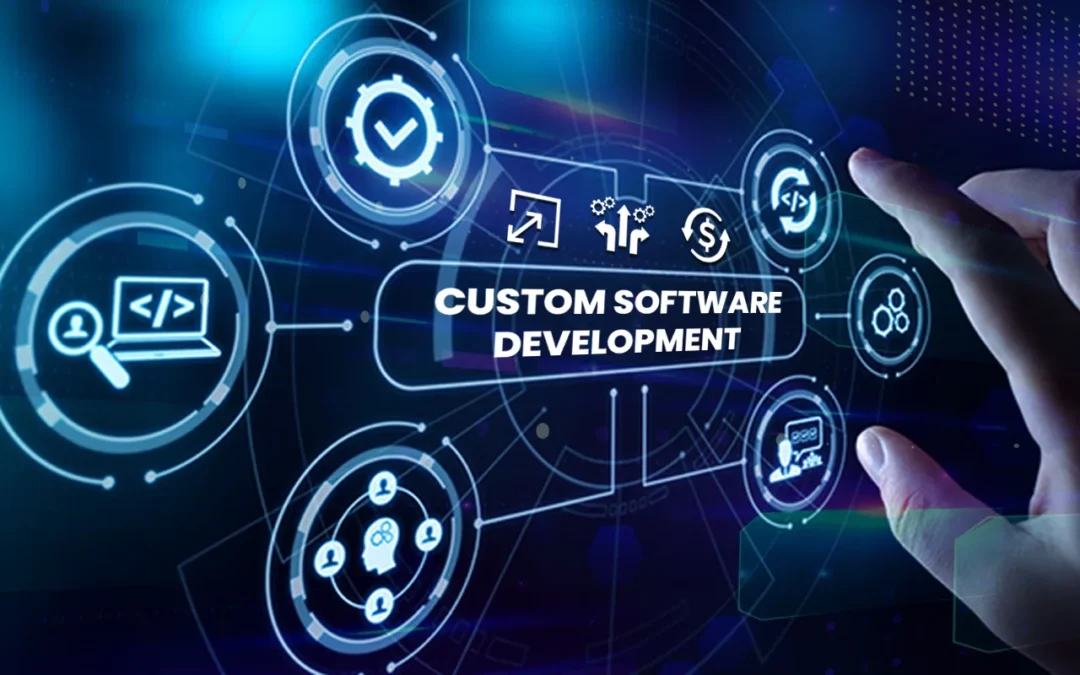The 6th principle of the Agile Manifesto states that “The most efficient and effective method of conveying information to and within a development team is face-to-face conversation.” This principle instilled in us that face-to-face collaboration is critical to our way of working. We prefer conversations to emails. We walk over to a teammate’s cubicle to quickly validate points. We conduct dynamic standup meetings where we make decisions as a team.
When the COVID-19 lockdowns threatened to rob us of conversations, non-verbal cues, and personal rapport, Agile teams were quick to pivot, as Agile teams were supposed to do. We moved our conversations to video conferencing, digital whiteboards, chat apps, shared docs, and the lot. We appreciated not having to go through traffic to make it in time for the standup meeting. We brought enthusiasm into making a remote setup work because it had to work.
Not every Agile team or practitioner was immediately successful, though. The Agile world was rocked with challenges:
- Unstable internet connection can be a distraction and a hindrance to a productive meeting
- Coordination is especially difficult when teams are in different time zones or even if they are just following different work schedules
- Team dynamic and rapport degraded when you are not all in the same location
- Some team members even had to deal with household distractions
Normalize video
While we are used to conducting meetings, sprint retrospectives, project reports, sprint planning, and more through video conferencing by now, many still hesitate to turn on their cameras. While Zoom fatigue is real, visuals are important. Beforehand, agree on whether it will be a mandatory camera-on meeting or if you can manage to get points across without it. Meetings that involve giving feedback or negotiations, for example, easily merit requiring the attendees to show themselves on camera. Even when we just need to speak one-on-one with a teammate, text, images, and emojis simply cannot capture the entirety of one’s message. When we turn on video, we are able to see our colleague’s non-linguistic cues. We can see their facial expressions and hear their tone of voice. We can tell better if they are upset or if something is bothering them. We have more context about what they are saying and how they are saying it, and we will be able to respond better. So if what you have to ask your colleague is something that used to be resolved by walking over to their cubicle, then it is best to launch a video chat and arrive at a decision in minutes. We do have to respect each other’s privacy now that we have a combined work and home life, but a simple status message on your messaging app can signal how you prefer to be contacted at any given time.Establish new practices for meetings
You cannot conduct the same in-person standup meeting online. Some rules have to change so you can adapt Agile ceremonies while in a distributed team setup.- Be intentional about inviting people to and attending meetings. Online meetings require more energy from us to engage, so to be respectful about people’s time and energy, make sure everyone in the attendee list is able to contribute.
- Take turns to speak, round-robin style. It will ensure that everyone gets their chance to be heard, despite having spotty internet, a turned-off camera, or simply more enthusiastic teammates.
- Allot for more prep time before going into a meeting to make sure you jot down and cover all points that need to be discussed. Also agree on what can be resolved offline so as not to waste the time of other attendees.
- Ask questions every few minutes or after you cover each topic to validate understanding (and to make sure everyone is still awake!).




